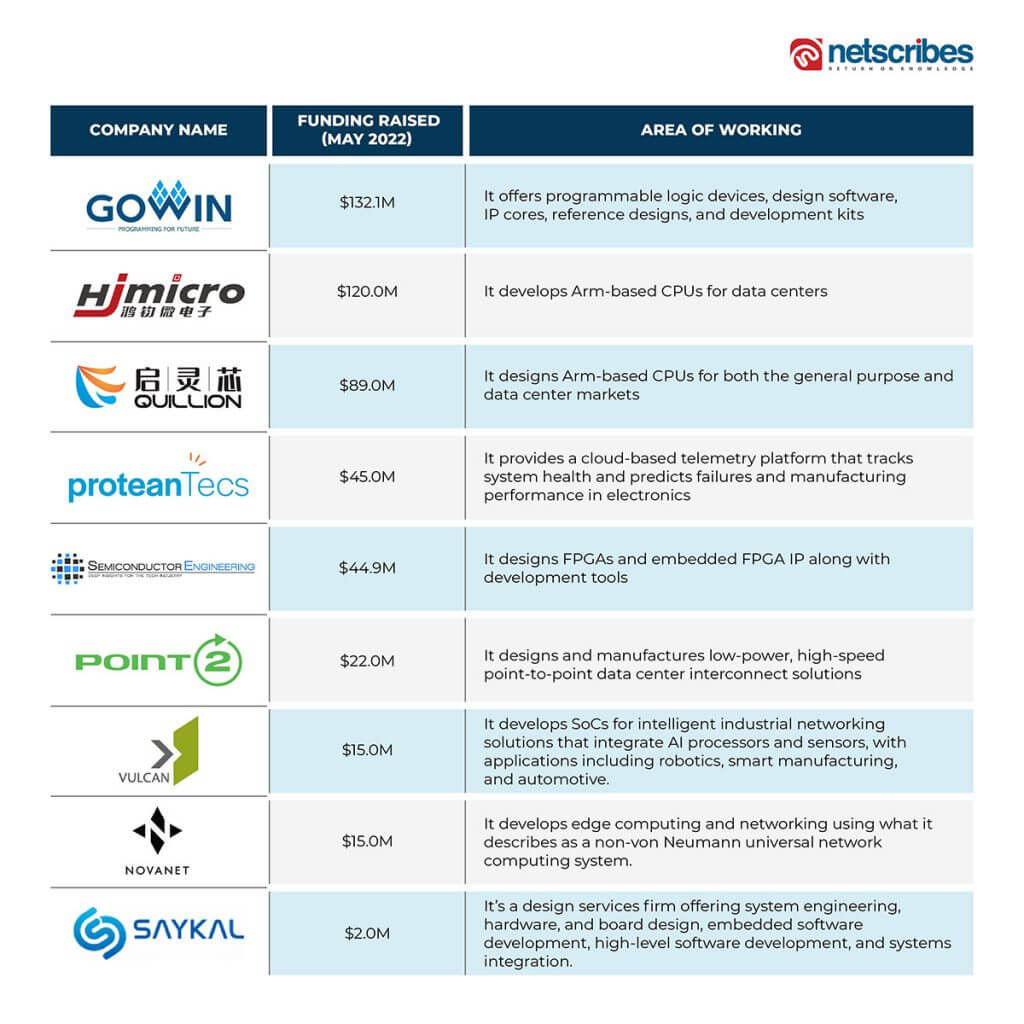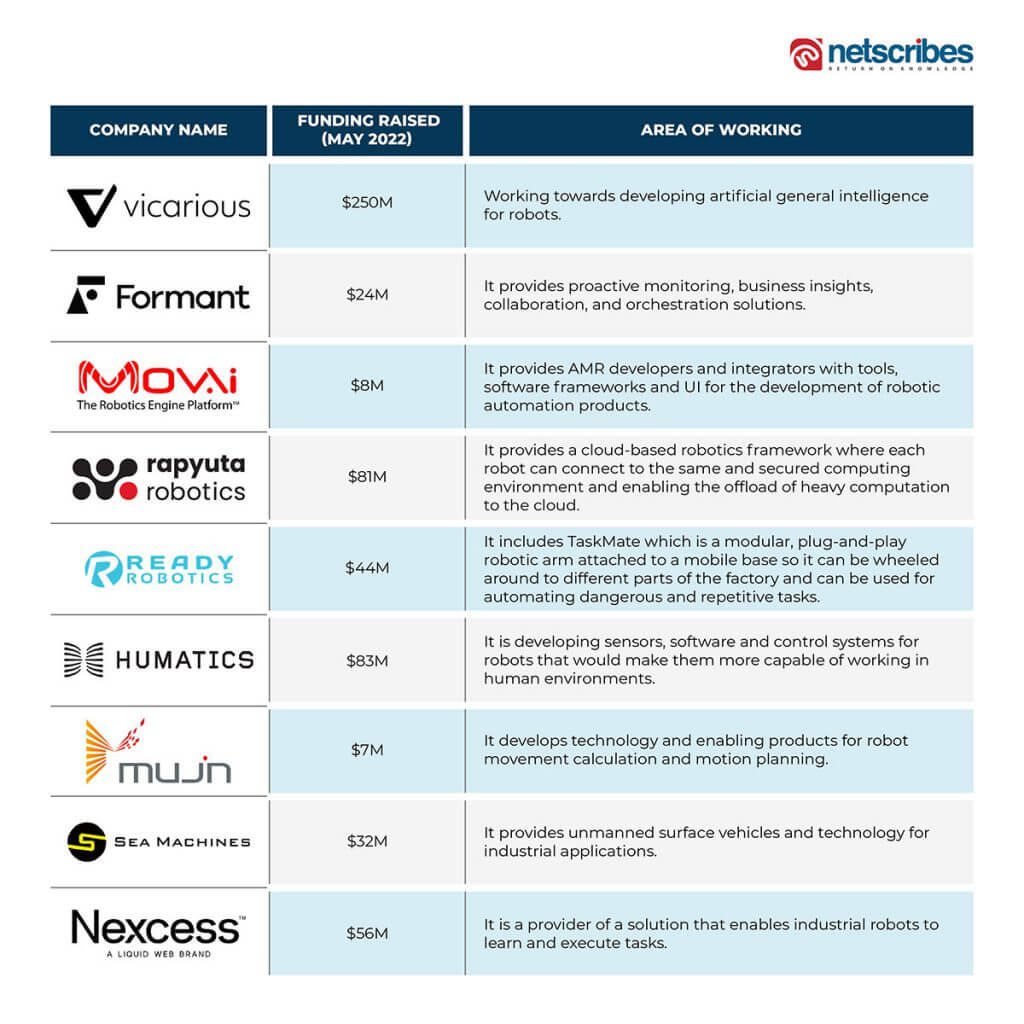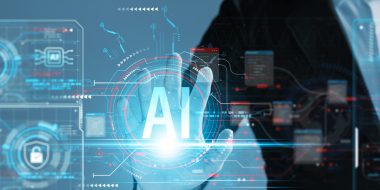Automation as a technology is growing from strength to strength. The global industrial automation market is projected to grow from USD 205.86 billion in 2022 to USD 395.09 billion by 2029, exhibiting a CAGR of 9.8. Companies incorporate a wide variety of technologies, including telemetry and communications, robotics and expert systems, cybersecurity tools, electro-optics, sensors, process measurement and control, wireless applications, test measurement, and systems integration to solve real-world industry challenges.
In the coming years, smart cities, home automation, and human-centric automation are the prime focus for automation solutions providers. Also, the integration of advanced technology like AI, ML, IoT, 5G, and blockchain in automation solutions will be the next focus for investors. Automation becomes more integrated into complex processes, and because of this, opportunities for automation will play a big role in the future of UX/UI design as well.
Automation could be the next big thing in the UX design industry, impacting everything from optimizing the process of providing design feedback to streamlining and transforming the way teams operate and increasing the ability to develop more appealing products.

Types of automation
- Fixed automation (hard automation): It has a continuous workflow, set tasks, a high barrier of entry, and large volume production
- Programmable automation: This type is associated with batch production, and it works well for producing dozens to thousands of units.
- Flexible automation: It involves less human interaction, reduces downtime, and increases the range of products/goods produced on the production line or one machine
- Integrated automation: IIoT and Industry 4.0 progress production lines and independent machines can communicate on a network, allowing them to become more flexible and move toward on-demand manufacturing and increased customization.
Major applications of automation
- Manufacturing: Increased use of robotic tools or production management software to operate a production unit is one of the major trends in the manufacturing industry.
Totally Integrated Automation (TIA) Siemens is an example of automation in manufacturing. TIA portfolios can include innovations from new technologies such as artificial intelligence, edge computing, autonomous systems, augmented reality, cognitive engineering, blockchain, and 5G.
- Warehousing: Warehouse automation includes all hardware, software, people, and processes needed to automate warehouse tasks to improve accuracy and efficiency. This may involve everything from capturing warehouse data, labeling inventory items, retrieval of items, automated storage, and back-office report generation.
Oracle offers Enterprise Resource Planning (ERP) systems, inventory management software, and Warehouse Management Systems (WMS) for warehouse automation.
- Automotive: Automotive manufacturers are using some degree of automation in nearly all stages of vehicle production. Robots, automation, and machine vision work together and can complete an array of tasks from assembly and welding to testing and inspection.
Dynamic design solutions build and design custom automation systems for Motion Control Equipment, Motors, and many more similar automated solutions.
- Logistics/Mobility: Logistics automation is simply an application of automated machinery or computer software to improve the efficiency of logistics operations.
Association for advancing automation deploys numerous layers of automation from autonomous mobile robots (AMRs) and automated guided vehicles (AGVs) to piece-picking robots and de/palletizing systems.
Technology start-ups and their funding
Many technology start-ups are focusing on business strategy, product strategy, R&D in product development, and technology integration to enhance their product/solution offering. The investment helps these companies to expand their presence and offering.s Some of the technology startups that raised funding in May 2022 are listed below:

Top 5 automation trends for 2023
1. Increasing demand for convenience from consumers
Consumers across industries have evolving expectations for convenient and faster deliveries. Service providers are also integrating automation solutions in to gain customer interest and increase their market position. Currently, automation in e-commerce is being applied as any technologically-driven task triggered by a non-action or action from a customer or user. For example, in marketing or branding, certain emails or ads are triggered to be sent to certain target audiences. In fulfillment, orders are trigger messages to help user to manage inventory, including “sold out” notifications.
Customer satisfaction helps e-commerce companies increase revenue by up to 10% and reduce costs by up to 25%. To stay competitive in the market, business owners seek innovative ways to stay nimble and move faster. Automation helps in scheduling sales promotions and enables eliminating discontinued products, tracking purchases, personalizing rewards, adjusting prices, applying discounts, and automating new product release announcements, etc. As a result of this, automation through apps and e-commerce increases convenience for consumers.
Data-driven operations can replace incident-driven operations using 5G. Additionally, it drives automation that is human-triggered toward results, initiates processes, and starts a lot of machine-to-machine contacts. In addition, once network slicing becomes a reality, network slices will contain SLA delivery models. IoT has significantly increased the number of endpoints that need to be controlled. To effectively manage their 5G networks and enable new 5G products, enterprises must concentrate on adding automation at every stage as they integrate their networks with cloud assets, databases, and application assets.
Quickbooks (accounting software) enables automation in important tasks, such as keeping a track record of purchase orders and calculating the real-time valuation of inventory.
Kofax Intelligent Automation Platform leverages the powerful combination of artificial intelligence and robotic process automation inside a suite of advanced technologies.
2. Diversification of workforce and automation integration
AI and RPA are technologies that can be used to connect an organization’s short-term objectives with a more long-term infrastructure that considers an organization’s new realities. Automation provides IT support to staff, with essential technical support that reduces their effort and allows them to perform more complex tasks. Enterprises can use natural language processing (NLP) to quickly answer support tickets within their contact centers, eliminate wait times and increase staff efficiency. In addition, integration RPA that programmed to retrieve crucial data to address employee demands, combining data from several sources as necessary and then using AI to determine how to resolve the issue.
RPA helps IT teams resolve issues quickly. Automation helps in remote working and minimizes security concerns. Remote work has helped to save businesses millions of dollars. Furthermore, the productivity of employees has increased by 65% when they work from home. IT departments can manage remote teams with the help of automation and protect teams from communication silos. Automation bridges the gap between legacy and modern technology and allows organizations to have the stability and security to support core operations. Companies such as Automation Anywhere offer automation solutions such as RPA workspace, bot insight, bot store, document automation, and process discovery. RPA Workspace helps to eliminate automation silos across enterprise systems and functions, whether legacy tech or SaaS apps.
Read More: Five ways e-commerce automation can help retailers increase profitability
3. Mainstream adoption of Robotic Process Automation (RPA)
70% of deterministic, manual, and repetitive operations can be automated using RPA bots. Several repetitive business application operations can be automated. RPA and AI can integrate to develop more sophisticated automation, with the AI providing the self-correction and requisite context to the automated process. RPA helps in boost employee productivity, freeing workers from time-consuming and repetitive operations. The adoption of AI-powered RPA solutions will accelerate Industry 4.0’s efficacy across the value chain.
Robot Control Start-Ups
With time, business models need to evolve owing to many reasons such as resulting in the emergence of exciting new trends, the integration of advanced technology, the advent of technology, etc. Many startups are receiving funding to develop robotic controls using advanced technologies.

In a “smart city,” data is collected from different sensors across the city and sent to centralized data centers, where it is used to boost system performance and enhance citizen services. Exploiting major advances in ML and computer vision, service robots have developed from performing various tasks to playing the role of museum guides, hotel concierges, home assistants, waiters in cafes and restaurants, automated delivery drones, and more. Robots can access smart city data to obtain information related to the task at hand. Robots, on the other hand, can serve as mobile sensors and actuators for the smart city, aiding in the collection of data. UiPath provides RPA software that makes it easy to deploy, build, and manage software bots that can emulate human actions interacting with software and digital systems.
4. Emergence of Industry 5.0
The European Commission (EC) developed the idea of “Industry 5.0” to address the transition of industrial norms to encourage innovation. Industry 5.0 is built on the connection between ecology, industry, and society through technologies such as robots, IoT, AI, ML, augmented reality, collaborative robots (Cobots), digital twins, and similar technologies. Industry 5.0 is driven by the introduction of new technologies such as quantum computing, metaverse, and 6G Communications. Through digital twins, Metaverse will make it possible for the industrial industry to collaborate on goods and solutions more quickly and remotely.
Blockchain workflow automation helps organizations to rely heavily on document and transaction-based processes that take the next step in digital transformation. Smart contracts and blockchain technology eliminate the need for middlemen to verify transactions, enforce contracts, or perform background checks. Integration of all these technologies with business process management software suited to naturally complement smart contracts. A smart contract is a part of a larger business process and a more complex. Blockchain can collect all funds in your main address (wallet) and generate hot deposit addresses.
Airbus and Boeing, two giant industrial companies, have jumped on the Metaverse bandwagon. Boeing is to run R&D for its new jet variants and aircraft by building digital twins in the metaverse. Thus, such development by the leading companies ultimately augments the automation industry in the forthcoming years.
5. Transformation of automation through artificial intelligence and machine learning
Companies now have access to more data than ever before, and tools such as AI and ML that help to make the most of that data are having a significant impact on production. AI describes a computer system’s capacity to identify patterns and draw logical inferences that might assist manufacturers in making data-driven decisions. Many areas of a manufacturing operation can be improved with AI and ML, including inventory management, supply chain visibility, warehouse cost reduction, asset tracking, forecasting accuracy, transportation cost reduction, and more.
Using a cloud-based automation system like YayPay, businesses may significantly cut back on their use of paper and ink. Direct cloud storage of customer data eliminates the need for expensive and cumbersome paper file systems while safeguarding records from potential destruction in the case of a natural disaster. Cloud migration drives an 84% reduction in carbon emissions and a 65% decrease in energy consumption. Thus, the increasing use of AI and ML in automation leads to carbon emission energy management.
Intelligent Automation and IBM, help improve decision-making and reduce manual business processes by combining core automation tools like RPA chatbots along with AI and business process management.
AI-driven cyber security to ease the automation
Ransomware attack volume has exploded over the last two years and has risen around 250%. Cyber security become one of the major issues in process automation. Digitalization increased convergence, and integration of Operational Technology and Information Technology (IT & OT) are finding new avenues for cyber-attacks. Owing to the growing number of cyber-attack incidences the need for cyber security in automation has increased.
Many security startups are getting funding to develop security automation platforms. For instance, Veriti and Cerby have raised $18.5M (November 2022), $12M (February 2022) of funding to develop an automation and registration platform.

Enterprises are scaling and adopting automation to efficiently handle processes and employees. Assessment frameworks and process discovery offer actional insights that make prioritized processes, and informed decisions and create an automated production pipeline. Increasing efficiency and progress will eventually be aided by the sustainable adoption of automation. Large, medium and small enterprises will take advantage of the chance to grow up or establish their automation initiatives. Automated workplace or office tools may be the key to an organization’s future expansion.
To know how Netscibes can help you leverage cutting-edge automation to maximize productivity from your business processes through intelligence and technology solutions, contact us.
Based on insights by Husen Limdiwala – Manager, Market Research team, Netscribes






